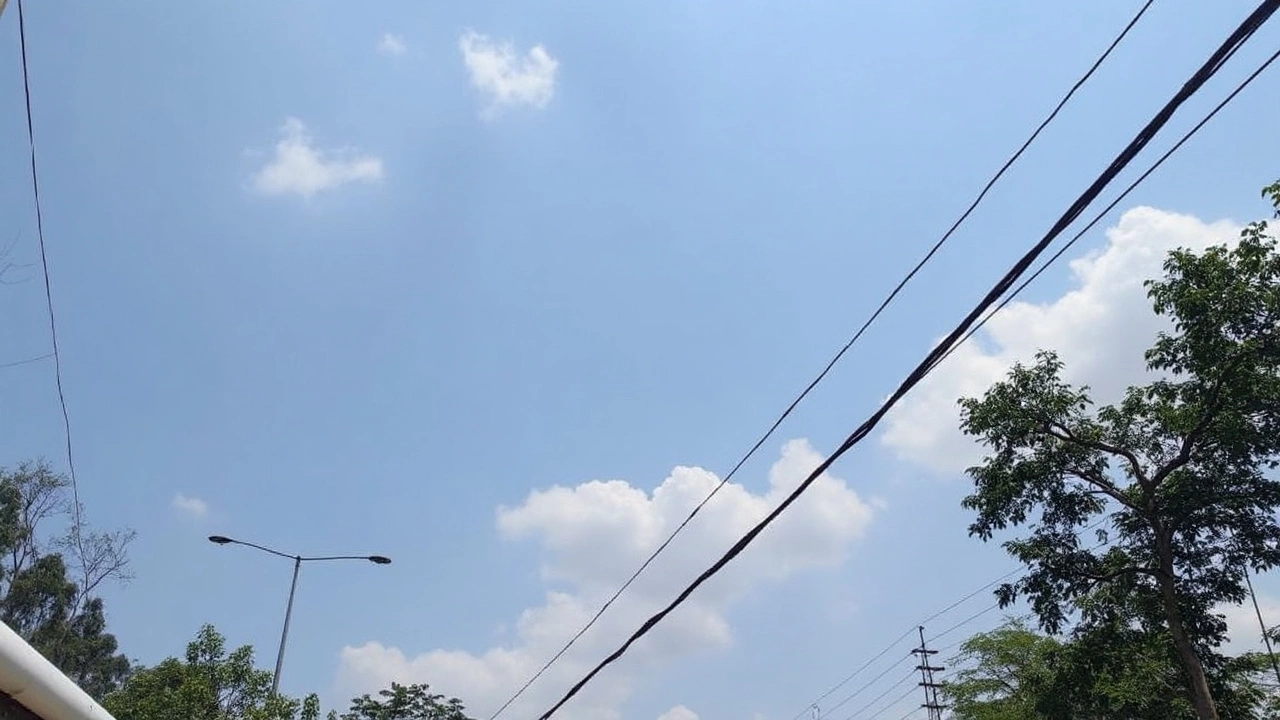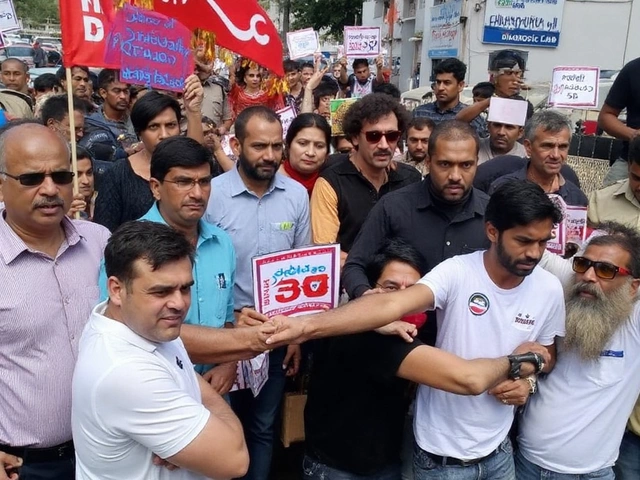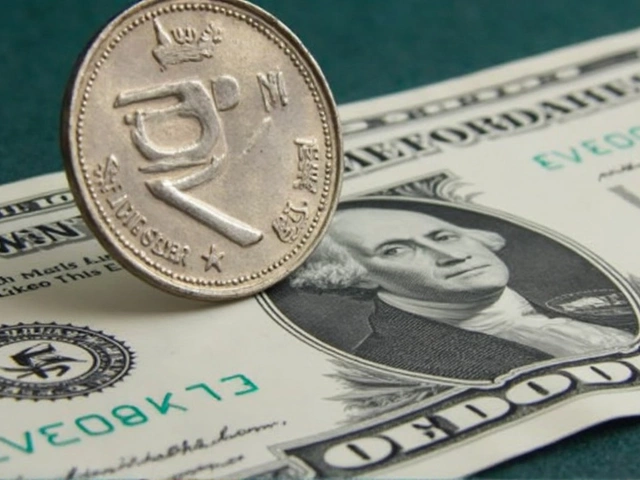India Weather Alerts – Real‑Time Updates and Safety Tips
Whether you’re stuck in Delhi traffic or planning a trip to Kolkata, weather alerts can change your day in a flash. The Indian Meteorological Department (IMD) issues orange and red alerts when heavy rain, thunderstorms or extreme heat are expected. In this guide we break down the latest alerts, what they mean for you, and how to stay safe without missing a beat.
Current Alerts Across Major Cities
Right now IMD has placed Delhi‑NCR on an orange rain alert. Expect downpours between 2 pm and 6 pm, with a chance of thunderstorms reaching 87 %. The heat index is hovering near 45 °C, so even a brief exposure can feel exhausting. In Uttar Pradesh, 15 districts sit under orange alerts while Lucknow sits at yellow – heavy monsoon rains are still pushing totals well above normal. Kolkata is battling a depression over the Bay of Bengal, which means intermittent heavy rain and gusty winds for the next few days. If you’re in any of these zones, keep your phone nearby for push notifications and be ready to adjust travel plans.
Other parts of the country are not immune. The western states are watching a western disturbance that could add extra rain to an already drenched monsoon season. In Bihar, rumors of a lightning warning for seven districts have been circulating, but no official bulletin has been released yet. Keep an eye on the IMIM (Indian Meteorological Information Module) website for any updates before heading out.
How to Stay Safe During Alerts
First, protect your vehicle. Heavy rain can cause sudden flooding on major highways around Delhi and the national capital region. If water levels rise above the car’s wheel arches, turn around – it’s not worth risking a stall or a dangerous situation. Second, carry a compact rain kit: a lightweight poncho, a waterproof bag for electronics, and a small flashlight. Traffic snarls are common during alerts, so a flash light helps when power cuts hit.
Third, watch out for waterlogging. In Kolkata, low‑lying neighborhoods often see water rise faster than the drainage can cope with. If you live in an area prone to waterlogging, move valuables to higher ground and avoid walking through standing water – it can hide potholes or electrical hazards. Fourth, stay hydrated. Even on rainy days, the humidity can make you feel hotter, especially when the heat index spikes. Drink water regularly and avoid caffeine or alcohol, which dehydrate you.
Lastly, plan for disruptions to public services. During orange alerts, the Delhi Metro may run on a reduced schedule, and some schools might close early. Check official social media handles or local news apps for the latest service notices. If you’re attending outdoor events like the IPL opener at Eden Gardens, be prepared for a possible rain delay – the league usually requires a minimum of five overs per side to consider the match official.
Staying ahead of weather alerts doesn’t have to be a headache. Set up IMD alerts on your smartphone, keep a simple rain kit ready, and always have a backup plan for travel. With these steps you’ll be able to handle Delhi’s monsoon, Kolkata’s depressions, and any surprise thunderstorm without scrambling. Keep checking back for updated alerts, and you’ll stay one step ahead of the weather.
India Faces Cyclonic Threat and Extreme Weather: Widespread Alerts as Monsoon Intensifies
A cyclonic system in the Bay of Bengal brings heavy rain to Eastern India, Kerala faces red alerts for landslides, and North Indian states see storms and orange warnings. Authorities are preparing for severe weather impacts amid rising COVID-19 cases.





